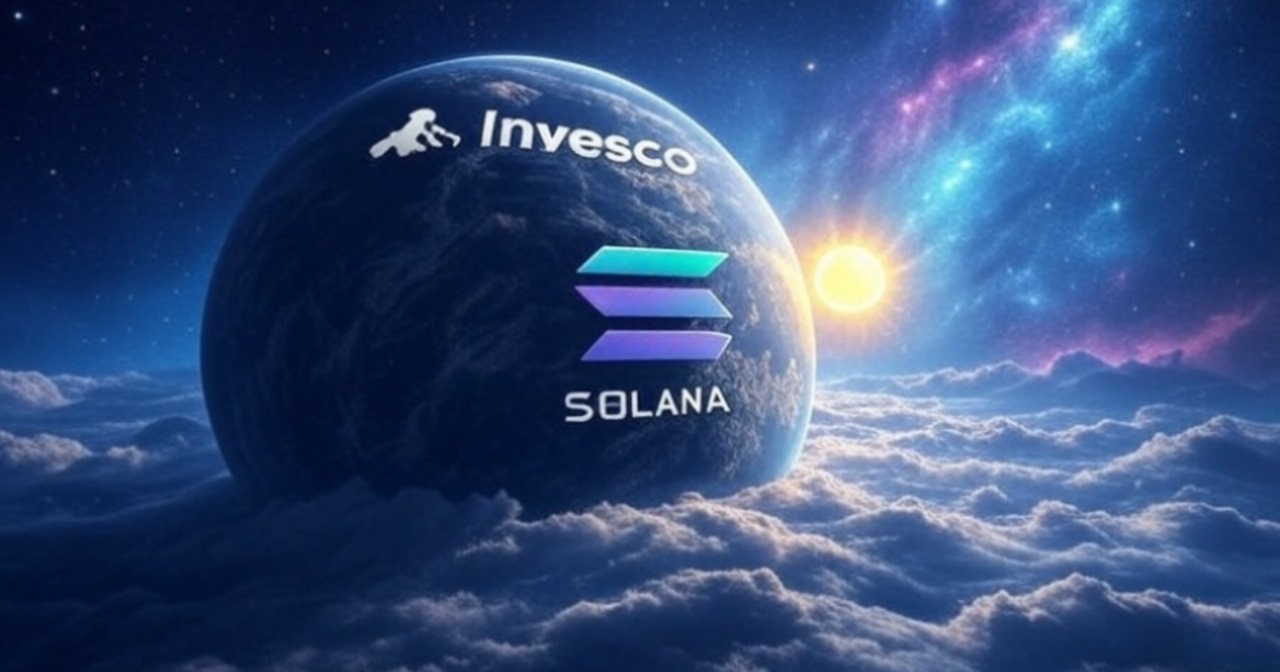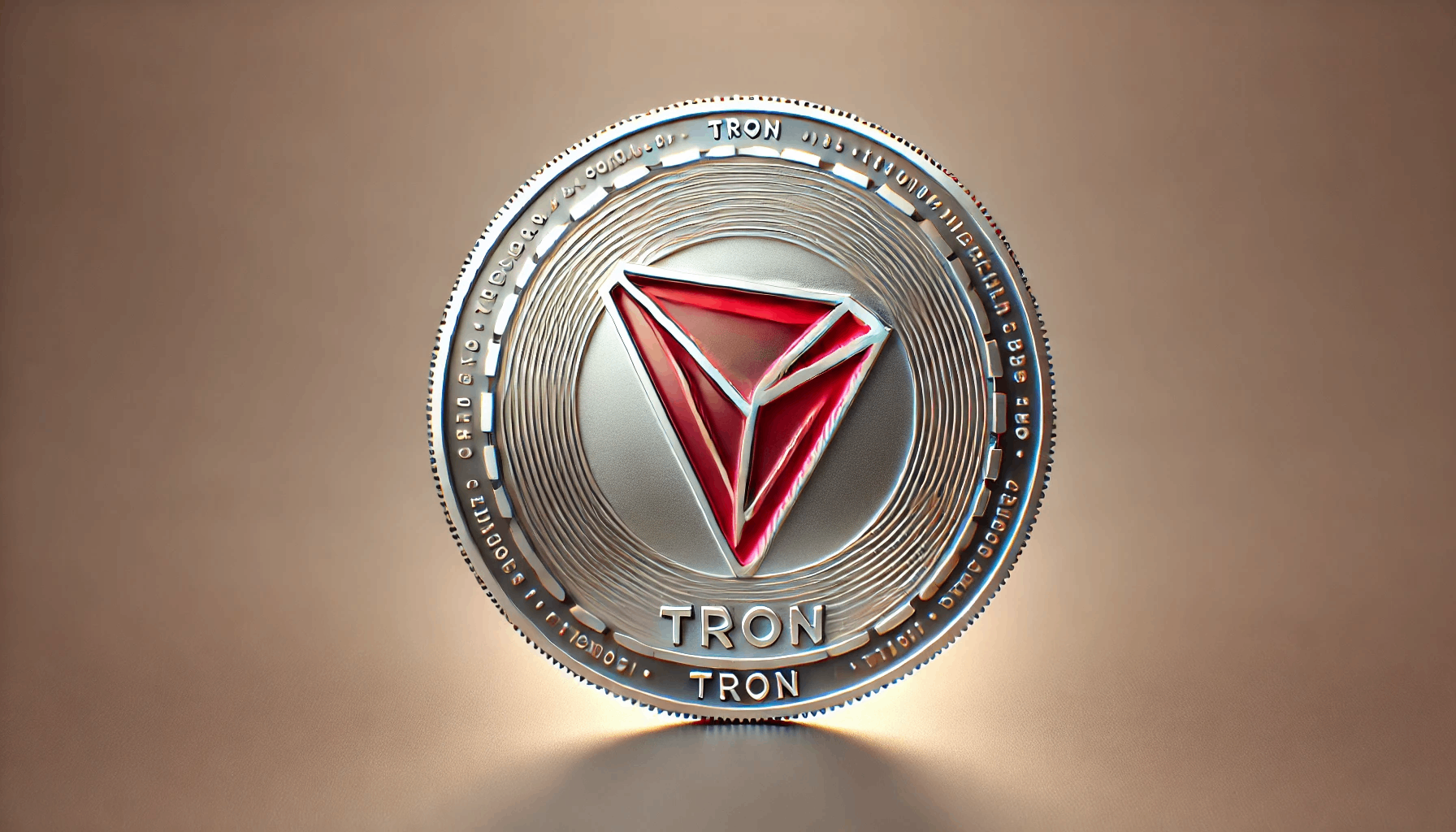Bitcoin’s ($BTC) market conditions are showing strong signs of improvement, with key indicators suggesting a return of bullish momentum.
Recent data from CryptoQuant highlights three main developments: Binance is once again dominating spot market share, long-term holders are ramping up accumulation, and major exchanges are witnessing a decline in coin reserves.
Binance has made a notable comeback in June, with its BTC spot market share jumping from 26% to 35% in just a short span. This rise underlines that more high-volume traders are opting for the exchange to execute their Bitcoin transactions.
The growing preference for Binance coincides with Bitcoin approaching key resistance levels, suggesting that investor interest is increasing as the price nears critical thresholds.
Meanwhile, long-term Bitcoin holders – those who have held onto their coins for over 155 days – are demonstrating renewed conviction. These investors have pushed the “realised cap” metric above $20 billion.
This metric only rises when long-standing holders are buying more BTC rather than selling. Historically, this behaviour has been seen ahead of bullish price action.
“These investors don’t react to dips. They buy when others hesitate and hold through uncertain conditions”, said one market analyst.
Further reinforcing the trend, exchanges such as Kraken and Bitfinex saw a combined withdrawal of 20,000 BTC over a recent two-day period.
While the coins may have left the trading platforms, they likely moved into cold storage wallets – a sign of long-term holding strategies.
When coins exit exchanges, it often results in reduced sell-side pressure, creating an environment where prices can rise more quickly if demand builds.
Exchange-traded fund (ETF) data adds another layer of support to this view. According to Farside Investors, Bitcoin ETFs saw net inflows of $378.04 million even as the spot market remained range-bound.
This behaviour suggests that larger players are investing with a longer-term perspective, unfazed by short-term volatility.
The ARKB fund by Ark Invest and 21Shares led with $140 million in daily inflows, while Fidelity’s FBTC brought in $137 million. Together, Bitcoin ETFs now manage a total of $128.13 billion in assets.
“The inflows are particularly striking”, one fund manager said. “Price hasn’t broken out, but money is still coming in. That’s a sign of confidence in the asset’s long-term role in the global financial system”, they added.
The futures market tells a more cautious story. Open interest in Bitcoin futures stands at 674,950 BTC, valued at $71.28 billion. While this marks a modest daily rise of 1.45%, activity is spread unevenly across platforms.
CME leads with 151,370 BTC in open interest, valued at nearly $16 billion, followed by Binance and Bybit. Of note, Bybit saw the largest daily percentage increase in positions at 4.06%.
Volume data reveals further divergence: CME maintains a high ratio of active positions, a potential indicator of stronger institutional conviction.
Meanwhile, OKX was the only major exchange to report a drop in open interest, possibly reflecting a temporary retreat by speculative traders.
Despite the muted overall volatility, the growing demand for call options suggests that some investors are bracing for a potential bullish breakout in the coming weeks.
Mining giants report record numbers amid rising difficulty
Bitcoin mining firms are also making headlines with record-breaking performances despite growing technical challenges.
CleanSpark and Marathon Digital Holdings led the sector with robust output in May, underscoring the increasing importance of operational scale and infrastructure strategy in a tightening environment.
CleanSpark mined 694 BTC in May, a 9.4% increase from April’s output. The company’s hashrate rose to 45.6 exahashes per second, and it expanded its contracted power capacity to 987 megawatts.
These developments helped grow CleanSpark’s BTC treasury to 12,502 coins-more than double its holdings a year ago.
“May was a strong execution month”, said the CEO and president of CleanSpark, Zach Bradford. He credited the performance to better infrastructure and higher efficiency.
The company also sold 293.5 BTC, generating $30 million in revenue. As a result, CleanSpark’s shares climbed 6.5% on 3 June, following the performance update, and gained 13.8% over the past month, outpacing the broader Nasdaq index.
Marathon, on the other hand, reported even stronger figures. The firm mined 950 BTC in May, a 35% increase from April and the most productive month in its history. This included 282 blocks – a 38% rise month-on-month.
Despite increasing network difficulty and record-high hashrate, Marathon’s self-operated pool and vertically integrated technology helped the firm outperform peers.
“We’ve consistently beaten the network average for block reward luck by over 10%,” said Chairman and CEO, Fred Thiel. He believes Marathon’s internal control over its mining stack gives it an edge.
As of the end of May, Marathon held 49,179 BTC, worth around $5.2 billion. Notably, it didn’t sell any BTC during the month, adding further strength to its reserve position.
Its CFO, Salman Khan, added that operating their own pool allows them to retain the full value of mining rewards, unlike others who pay third-party fees.
The broader mining industry is under strain due to high network hashrate, which reached 942 EH/s on 31 May, and rising mining difficulty, which crossed 126 trillion after a late-May adjustment.
Yet, both Marathon and CleanSpark managed to post gains, reinforcing the idea that strategic infrastructure investment is key in today’s mining landscape.
Riot Platforms also reported a productive month with 514 BTC mined in May, an 11% increase over April. Following these announcements, shares of both Riot and Marathon saw noticeable gains.
However, legal uncertainties could soon overshadow these operational successes. Malikie Innovations, a firm that acquired over 32,000 patents from BlackBerry in 2023, has filed lawsuits against Marathon and Core Scientific.
The firm accuses both of violating patents related to Elliptic Curve Cryptography (ECC), a key technology used in Bitcoin mining.
“These patents cover critical parts of Bitcoin’s cryptography and mining firms are profiting from unauthorised use”, said Malikie in its court filings.
Legal experts suggest that individual Bitcoin users are unlikely to be targeted. “It’s not financially viable to sue individuals. But corporate miners have deeper pockets, making them more vulnerable”, said attorney Aaron Brogan.
If Malikie prevails, the companies may owe up to six years of unpaid royalties—an outcome that could have serious financial repercussions. “A win could set a precedent and trigger more lawsuits”, warned Brogan.
Still, others believe Malikie’s strategy is more about negotiation than legal enforcement. “Patent holders like this often seek licensing deals, not full court wins”, said a lawyer specialising in cryptocurrency, Michael Bacina.
New entrants and shifting strategies highlight changing landscape
Beyond institutional flows and mining dynamics, the cryptocurrency space saw another significant development this week: Truth Social, operated by the Trump Media & Technology Group, filed an application for a Bitcoin ETF.
This represents a strategic shift for the social media platform and reflects a broader trend of convergence between digital assets and mainstream finance.
The ETF application, submitted on 4 June, names Yorkville America Digital, LLC as the sponsor and Foris DAX Trust Company as the custodian.
According to one market insider, “Cryptocurrency is evolving, and Truth Social’s filing is part of a broader trend reflecting how major players are looking to bridge the gap between traditional finance and digital assets”.
While community reactions remain mixed, the move may open the door to wider market participation from new investor demographics, especially those tied to Truth Social’s user base.
Analysts say that filings like this reflect a broader industry push toward regulated digital asset products.
This follows the earlier approval of BlackRock’s Bitcoin ETF in early 2024, which contributed to a surge in institutional interest.
Market data from CoinMarketCap shows Bitcoin is currently priced at $105,924.79, with a market capitalisation of $2.11 trillion.
The cryptocurrency commands a 63.25% dominance and sees a 24-hour trading volume of $46.73 billion.
In the past 90 days, Bitcoin’s price has risen 17.21%, suggesting sustained interest despite short-term fluctuations.
The convergence of increased ETF inflows, robust mining results, and renewed legal battles signals a new phase of complexity – and potential – in Bitcoin’s evolution.


